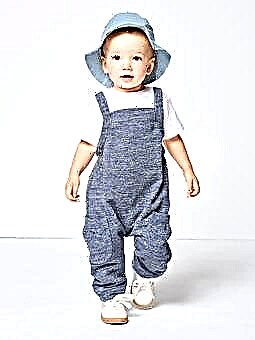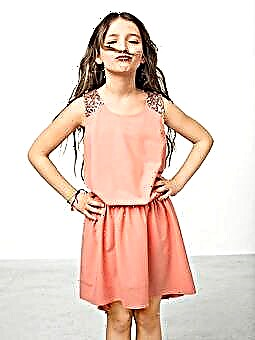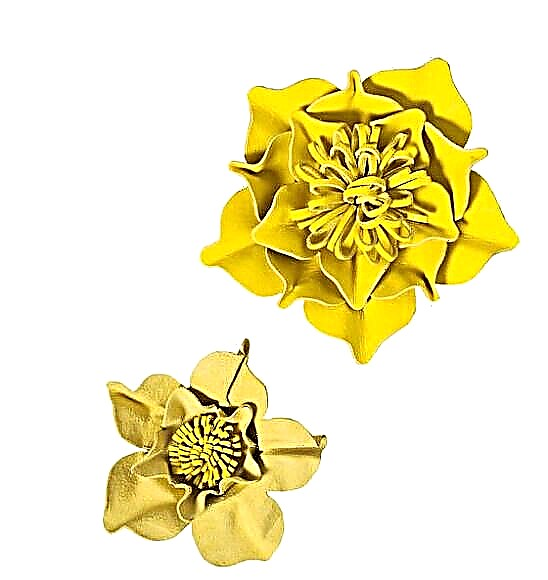Dresses and sundresses for girls, polo shirts and shorts for boys, panamas and beach bags - all this and much more can be sewn with your own hands according to children's patterns from Burda.
How to take measurements and choose the right size for the pattern
Choose children's patterns, focusing first only on the growth of the child, since this measurement is central to determining the size range.
Other measures - chest, waist and hips - are also important, but they will be required to determine the size of a particular pattern.
Try to take your child’s measurements as accurately as possible, and then compare them with the table values and determine the most suitable size.
Burda's patterns for children take into account the necessary allowances for a loose fit, so measure the pattern details and make the appropriate changes only if necessary.
Children's Day: what to sew for a child
Tie an elastic or rep tape around the child’s waist and you can start taking measurements

1. Growth.
2. Bust: measured at the most prominent points of the chest.
3. Waist: Measured by tape at the waist, rather tight.
4. Hips: measured at the most prominent points of the buttocks.
5. Sleeve length: measured on the outside of the arm slightly bent at the elbow from the joint of the shoulder with the arm through the elbow to the wrist.
Compare the measurements with the data in the burda table and determine the size as accurately as possible.

The main rule: for blouses, dresses, cardigans and coats the main measure is the circumference of the chest, for skirts and trousers - the circumference of the hips.
We choose fabrics for summer children's models
► Children at any age move a lot, play, walk, lead an active lifestyle, so you should consider this when choosing fabrics. Undoubtedly, natural fabrics are unrivaled, especially when it comes to products for the smallest children. Such fabrics pass air well, are pleasant to the body and give comfort.
► Children's clothes for every day, as well as sports-style models sewn from fabrics with elastane fibers do not constrain movements, sit well on the figure and retain their shape even after repeated washing.
- Special offer

- 1
- 2
- 3
- 4
- Special offer

- 1
- 2
- 3
- 4
- Special offer

- 1
- 2
- 3
- 4
How to sew from coated fabrics
► For trousers, semi-overalls and light jackets, choose fabrics with a water-repellent coating and a coating that increases the wear resistance of the fabric and ensures its resistance to pollution.
- Special offer

- 1
- 2
- 3
- 4
- Special offer

- 1
- 2
- 3
- 4
- Special offer

- 1
- 2
- 3
- 4
► Ideal for a light summer wardrobe - cotton, linen, lightweight denim, silk and viscose fabrics, muslin and cambric.
- Special offer

- 1
- 2
- 3
- 4
- Special offer

- 1
- 2
- 3
- 4
- Special offer

- 1
- 2
- 3
- 4
► Do not forget, of course, about cotton knitwear.
- Special offer

- 1
- 2
- 3
- 4
- Special offer
- 1
- 2
- 3
- 4

- 1
- 2
- 3
- 4
What is the best way to process seams in children's clothes
✂ Infants have very delicate skin, therefore, to avoid any possible discomfort, clothes for the smallest stitch outwards. For older kids, you can sew things in the traditional way, but seams are still better to make French.
- Special offer

- 1
- 2
- 3
- 4
- Special offer

- 1
- 2
- 3
- 4
- Special offer

- 1
- 2
- 3
- 4
✂ Use an overlock for sewing knitwear - it simultaneously grinds, cuts off excess fabric and processes sections.
✂ Sewing seam, edging of open sections with an oblique trim are also suitable for processing seams in children's clothes, in addition, this is an additional decor for the finished product.
Processing sections of the product with a finished oblique trim



